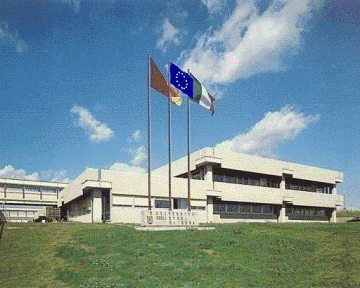M.B. Green, «String theory dualities and supergravity divergences»
This talk will review recent work on the non-perturbative structure of
four-graviton scattering in maximally supersymmetric string theory in
dimensions $D >2$. The complete moduli dependence of the higher
derivative terms in the low energy expansion up to order d*6 R**4 is
determined in terms of Eisenstein series and more general automorphic
functions for the U-duality groups. These functions contain a wealth of
information concerning perturbative and instanton effects, including the
precise coefficients of the logarithmic ultraviolet divergences of
supergravity in dimensions 8,7,6 at 1,2,3 loops, respectively.
Furthermore, it will be argued that supersymmetry ceases to protect N=8
supergravity from a d*8 R**4 ultraviolet divergence at seven loops.
This
is based on several approaches - most notably a recent explicit
construction of the five-loop four-graviton amplitude.

